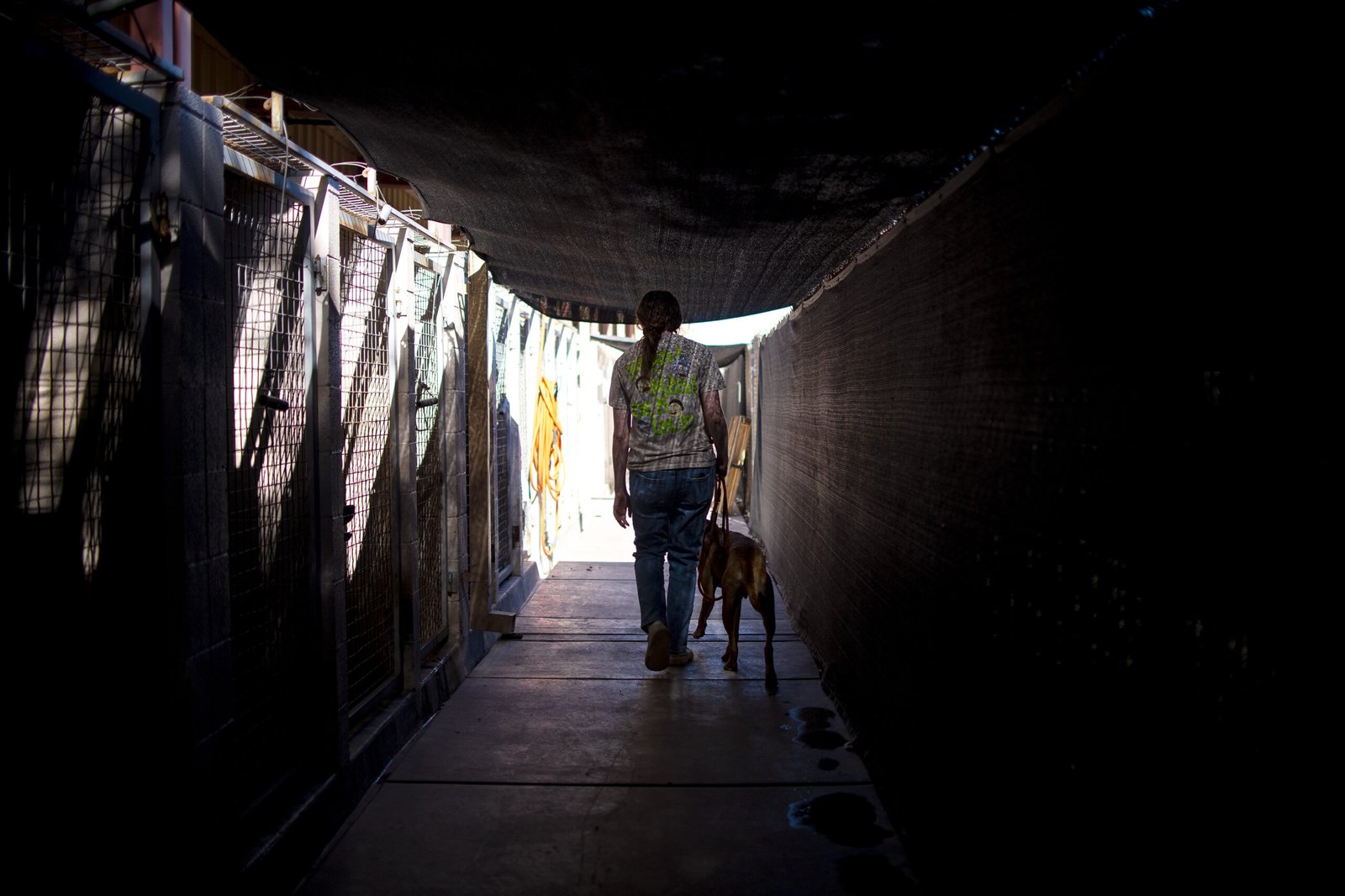Business
Pinal County Reverts to Euthanizing Dogs After 6-Year Hiatus Amid Overcrowding Crisis and Staffing Shortages

A recent outcry from residents of Maricopa, Arizona, highlights a growing concern over the increasing number of loose and feral animals in the area. Many local residents, like Shannon Slettvet Banford, are alarmed by the rising trend of abandoned pets since the pandemic began.
“We moved to Maricopa almost five years ago, and the amount of loose, dumped, and unwanted animals is overwhelming,” Banford stated. She emphasized that this issue becomes especially pronounced on weekends when animal control is less available.
A deep dive into several community Facebook groups confirmed Banford’s claims, revealing thousands of posts discussing stray dogs and cats. Despite strict rules in some groups against such posts, multiple reports occur daily. When animal control officer Luke Ziccardi is on duty, he often finds himself unable to transport these animals to a shelter that is already at full capacity.
Pinal County Animal Care and Control (PCACC) recently declared a critical situation, as emergency measures have now led to the possibility of euthanizing animals due to space limitations. Opinion polls reveal that 97% of Maricopa residents believe a dedicated animal shelter is essential.
Banford and others argue that a shelter is needed not just for the animals but also for community resources. Discussions with city officials about potential solutions have highlighted the need for effective management of stray populations and education on responsible pet ownership.
However, the city maintains a partnership with Pinal County for animal sheltering. Spokesperson Monica Williams noted that while the current arrangement is cost-effective, a dedicated facility would require substantial investment and taxpayer funding. “We aim to meet community needs while keeping costs minimal,” she explained.
Kelly Anderson, executive director of the Maricopa Chamber of Commerce, believes the current setup is inadequate given the city’s growing population. “We’re really underserved when it comes to resources for animal management,” Anderson remarked, supporting the idea of a local shelter to streamline pet recovery and management efforts.
Local grassroots organizations are stepping up to address the crisis. Little Whiskers, a volunteer-run rescue, reported handling an influx of cats and kittens, often from abandoned situations. The organization insists that inadequate support from the city makes its mission increasingly difficult.
“We’ve talked about closing our doors due to financial strain,” said Brittney McCarthy, the rescue’s owner. “The rescue is always in debt, and we desperately need support for TNR (trap-neuter-return) efforts.”
The surge in animal control calls—nearly tripling from 347 in 2021 to over 966 this year—demonstrates the escalating problem. City data projects ongoing increases in issues related to aggressive and barking dogs.
Efforts from local authorities are limited, as many animal services staff and volunteers face their own challenges while addressing the community’s eleventh-hour requests. McCarthy noted that residents often misunderstand the role of rescue organizations, directing complaints to them when municipal resources are not available.
As community leaders explore options for establishing a shelter, PCACC’s Director Audra Michael cautioned that operationalizing such a facility involves serious costs and requires extensive planning. “You can’t just say we’re going to have a shelter; you need to think about long-term care and operations,” she noted.
The question remains—will Maricopa ever see its own animal shelter? For many urging action, including Banford, the answer is critical. “A local shelter could significantly help manage this epidemic of abandoned pets,” she concluded.


















